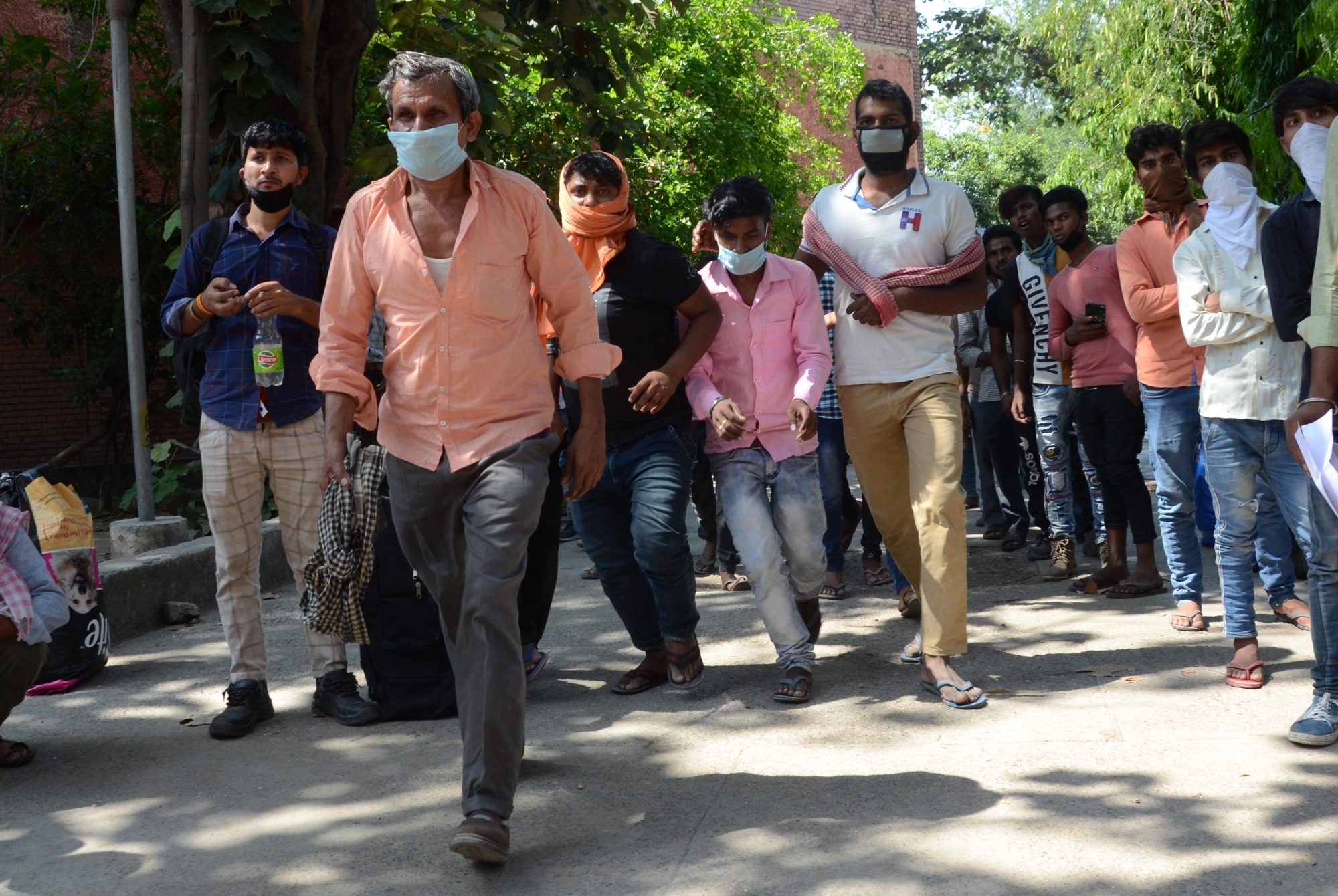A nationwide IANS-C-Voter survey shows losses in jobs and incomes across the board along with rising concerns over possible job losses. But there seems to be hope too.
There has never been any doubt since March 25, 2020, ever since the lockdown came into effect in India to fight the Covid-19 pandemic, that the economic well-being of many Indians will be adversely affected, while many families could also face economic devastation.
A nationwide C-Voter tracking survey conducted since then makes it very clear that Indians are very fearful of not only their health, but also their economic security. And yet, as always, there is this ‘never give up’ spirit that makes the same Indians hopeful of a better future once this nightmare comes to an end.
Let’s first dispense with how Indians are looking at their health in the aftermath of the pandemic. At an all-India level, two out of every three Indians said that they were taking more care of their health. This increased concern for health was visible across gender, age, education and income groups as well as ethnic identities.
There were just two outliers here. The first were Indians above 60 of whom less than half were taking more care of their health. The other outlier was southern India, where 58.7 per cent answered in the affirmative.

But it is their daily economic life that raises big concerns. When asked about their employment status, one in four across the country said that they were completely out of work; or that they had lost their jobs or means of income.
Another one in 10 said that they were on leave without any pay. In effect, more than one third of Indians at the moment seem to have no work, job or income. About 6 per cent admitted that they were working from home with a salary cut, while one in 10 claimed they were working from home without any pay cut.
The stark difference between citizens privileged with better education and income and those less privileged has been laid cruelly bare by the responses to the survey.
Just about 6 per cent of Indians with low levels of education said they were working from home with full pay. The corresponding figure for Indians with high levels of education was almost 25 per cent.
In the case of low education groups, more than 27 per cent were completely out of work, while just over 14 per cent of high education groups were jobless.
Ironically, double the number of high education citizens was working with a pay cut compared to low education groups. That’s because many more low income Indians had lost their jobs. This is a cruel blow because families with higher education levels usually have higher incomes and a larger pool of savings to fall back upon.
Among the actual job holders in a family, the answers were equally depressing. At an all-India level, 43.4 per cent said there has been no loss in income “so far”, while 23.8 per cent reported lower incomes and 32.7 per cent reported a complete loss of income because they had lost jobs.
More than 38 per cent of Indians with low education had lost all income, while the corresponding figure for citizens with high education was about 17 per cent. Similarly, 36 per cent of low income Indians reported job losses while the corresponding figure for high income citizens was 21.5 per cent.
How concerned are Indians who still have jobs about losing them? Among job holders across India, the figure was close to 70 per cent.
The C-Voter survey makes it very clear that the Covid-19 pandemic is hurting Indians economically, some of them very badly. But hope seems to springing for ‘never say die’ Indians.
When asked about their hopes that life and things will get back to normal “after the outbreak is over”, 57 per cent Indians sounded “very hopeful”, while 26.8 per cent were “somewhat hopeful”. Only 6 per cent were “not at all hopeful”.
This sense of hope and confidence has been seen in Indians across the board and among all categories. Not surprisingly, the category of ‘most hopeful’ Indians was the highly educated ones with two thirds being very hopeful.
You could say that when it comes to their economic well-being, Indians are down, but definitely not out.
All CVoter trackers are always all-India, covering all the states in 11 languages. The base tracking sample is 3,000 plus.









